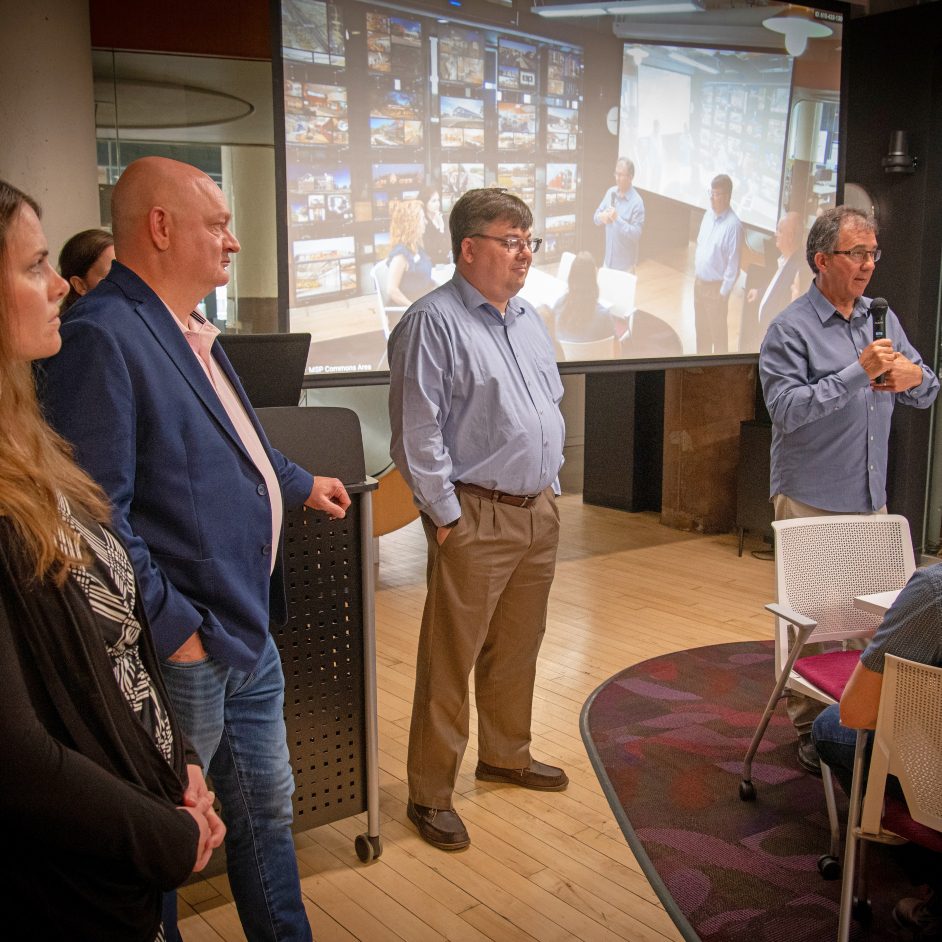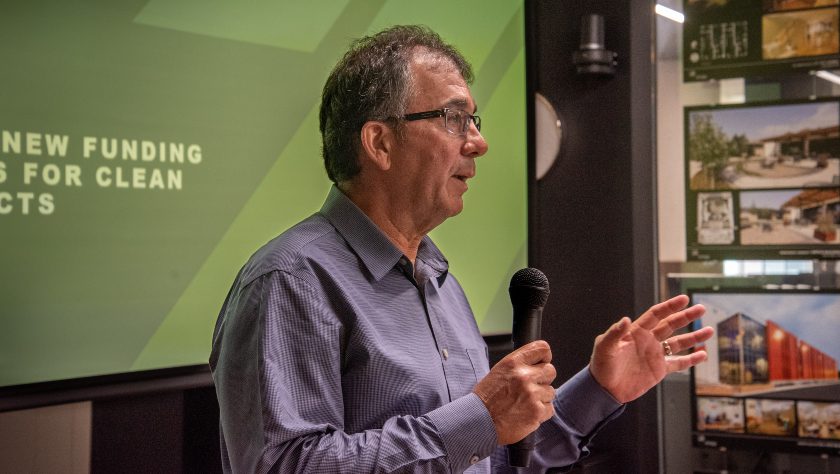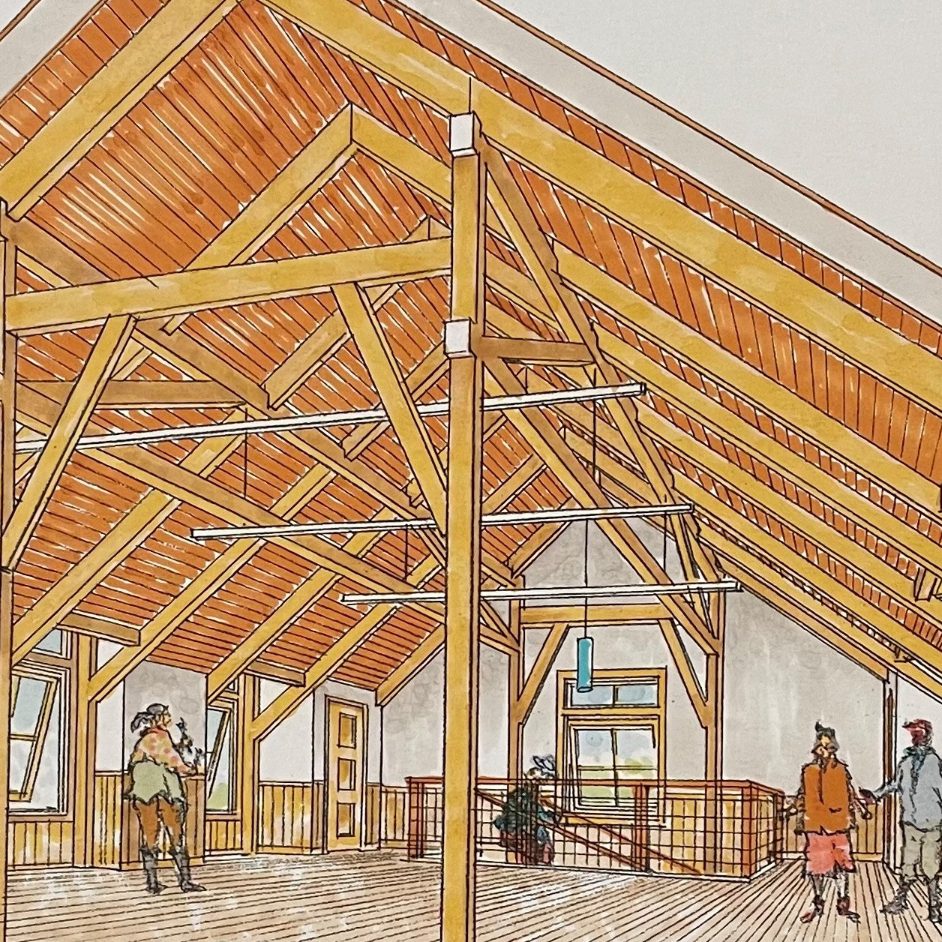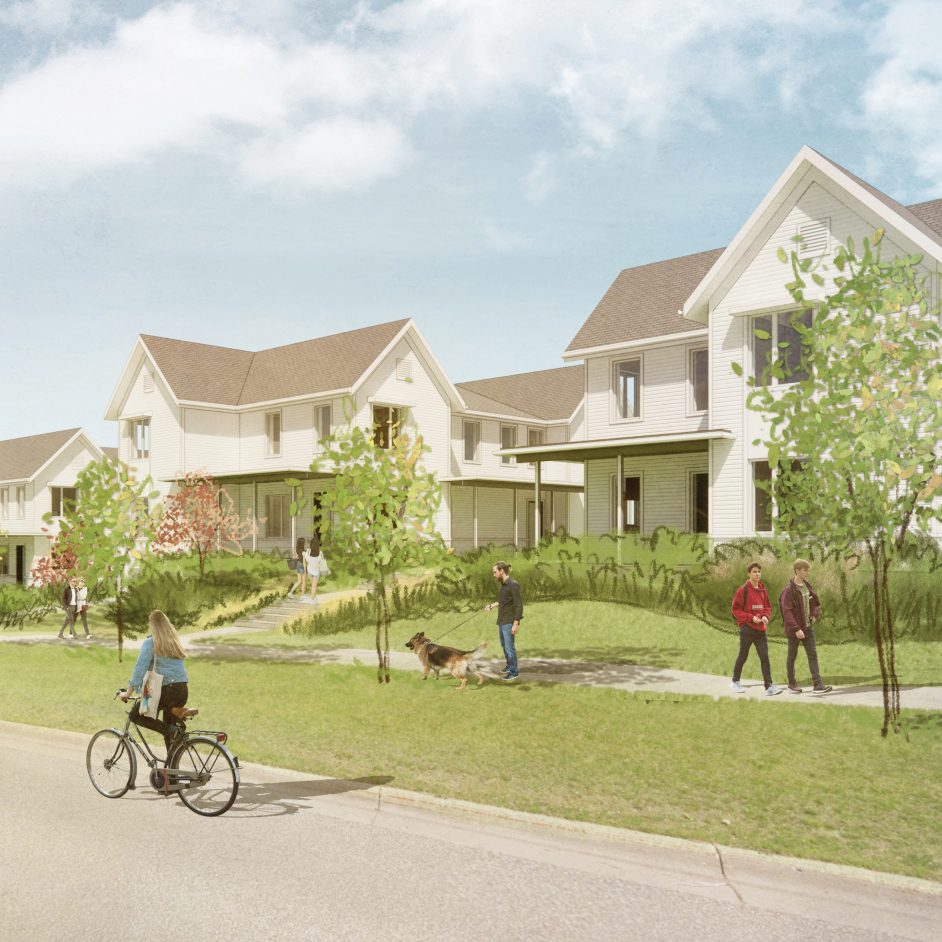
We recently hosted a workshop that showcased how clients can leverage federal tax breaks to save dollars on carbon-reducing projects. The Inflation Reduction Act, passed by Congress last fall, authorizes tax credits and direct payments for solar, ground source, and dozens of other clean-energy technology investments.
The savings often begin at 6 percent of the purchase price, and cover design costs, according to panel member Jacob Goldman, vice president of Energy Tax Savers. Clients who apply multiple discounts may see discounts as high as 70 percent.
What’s more, even non-tax-paying entities like nonprofit organizations and state and local governments can take advantage of the financing options. Minnesota Governor Tim Walz recently signed legislation that provides grant funding to cities that want to position themselves to receive the maximum amount of funds available through the IRA.

Positioning yourself for success
Local officials hoping to take advantage of the funding opportunities can improve their chances by creating a climate-action plan, said Becky Alexander, an architect and senior researcher in LHB’s Climate Solutions Studio. Another panelist, Lydia Major, leader of LHB’s Landscape Architecture and Planning Studio, walked workshop attendees through climate-related research done for the City of Hopkins, MN. The Hopkins Heat Vulnerability Study, she noted, could be used to bolster the city’s pitch for IRA funds.
(For information on how LHB can help your city create a climate action plan, reach out to Maureen Colburn, who leads our Climate Solutions studio.)
A range of benefits
The presentation unpacked several funding opportunities hidden in the legislation. LHB CEO Rick Carter noted that LHB, a longtime leader in sustainable design, is uniquely positioned to assist clients. The firm’s designers represent all the disciplines required to help clients integrate clean energy into buildings and sites: architects, landscape architects, mechanical/electrical engineers, civil engineers, solar and wind specialists, and more.

But clean-energy investments aren’t just about cost savings, said Monte Hilleman, formerly senior vice president for sustainability at the Saint Paul Port Authority. Clients that signal their commitment to carbon reduction are part of a growing trend, joining companies that go beyond basic profit-making to incorporate ESG (environmental, social, and governance values) into their decision-making. That approach positions them to attract new hires, retain existing staff, and win new business from companies that share their vision for a better planet and fair society.
Ready to watch the presentation?
View “Demystifying New Funding Opportunities for Clean Energy Projects” here.
Learn more
IRA Funding
- The Inflation Reduction Act: What you need to know, published by MN Clean Energy Resource Teams (CERTs), explains clean energy incentives for residents and businesses and provides links to resources for cities, counties, and tribal governments.
- Climate Action and the Inflation Reduction Act, compiled by Climate Mayors and C40, aims to help cities understand the IRA’s climate programs and funding details.
PACE Financing
- Property-Assessed Clean Energy (PACE) Financing provides a map of PACE-funded projects and links to PACE programs and resources.
Environmental, Social, and Governance Goals
- Green Is Good, from commercial brokers Cushman & Wakefield, shares the findings of a study on the impact of sustainability on real estate investment.
This is complicated. Need help?
Taking advantage of funding opportunities for clean energy, climate action, and resilience projects isn’t simple. But the time you invest can pay out in significant savings or credits.
Got questions? Reach out to LHB CEO Rick Carter. ∎




